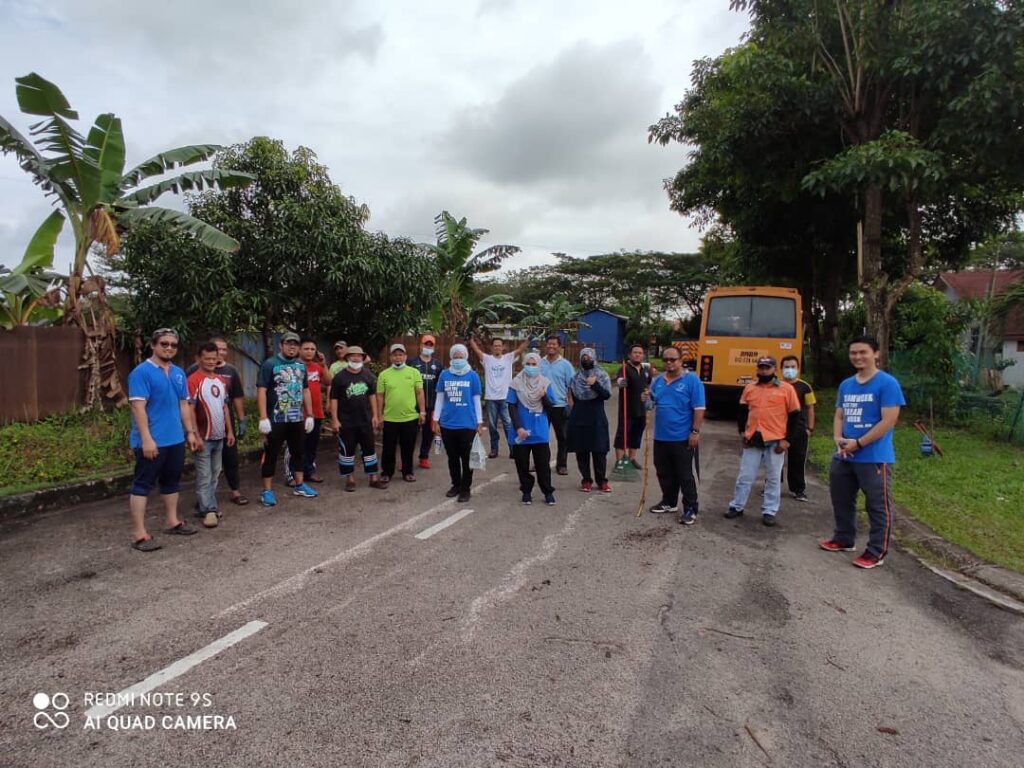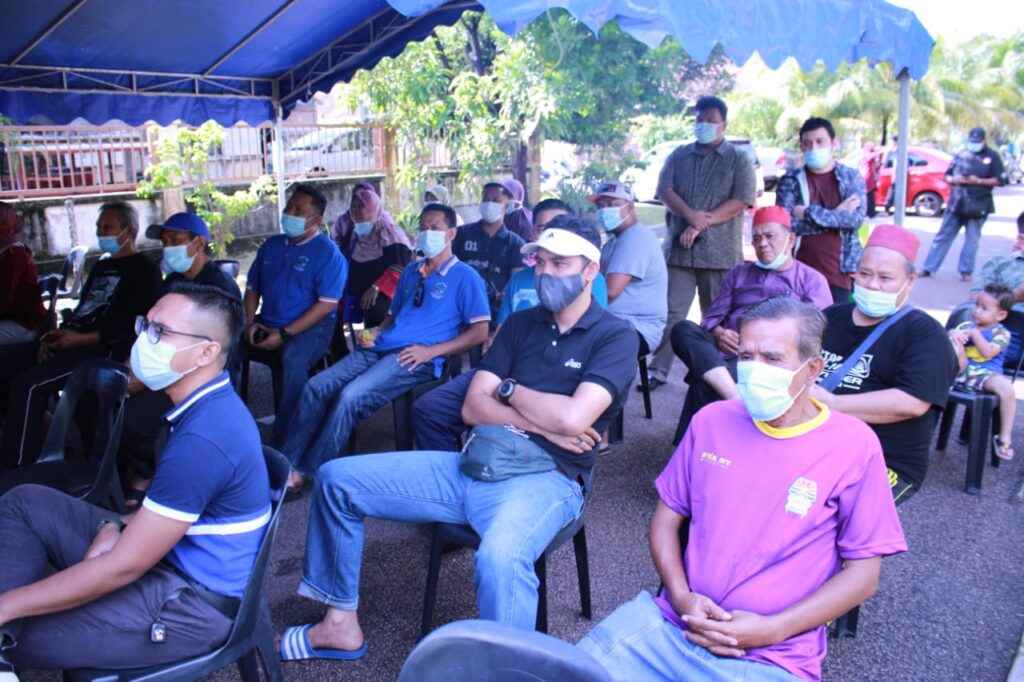Could you please let me know more about yourself?
I am Norjihada Izzah Ismail, a senior lecturer at the School of Biomedical Engineering and Health Sciences, Faculty of Engineering, Universiti Teknologi Malaysia. Also, I am an Associate Fellow of Medical Devices and Technology Centre (MEDITEC), UTM and a member of the Institute of Human Centered Engineering (iHumEn), UTM.
What inspired you to be a researcher and contribute to the community?
Working as both lecturer and researcher for the past 4 years in UTM has taught me many things. My inspiration to be a researcher and contribute to the community comes from many successful individuals and teams here in UTM and at national and international levels. The contribution made by our local researchers to the community, even though not many received publicity, inspires me. From their achievements, I realize that it is vital to put an effort to see the smile on the faces of our community members. As part of UTM members, I believe that I can offer something to the community considering the opportunity given by the university in terms of financial, human resources, and facilities.
Tell us more about your community engagement.
I started to engage with community in Taman Pulai Indah, Johor specifically Jalan PI 9 for the “Projek Menambahbaik Kaedah Pencegahan dan Kawalan Denggi di Kangkar Pulai, Johor” which began on 1st of January 2020. This project is financially supported by the Knowledge Transfer Program-Research Innovation Grant (KTP-RIG) 2020, a Research University Grant allocated under UTM Centre for Community and Industry Network (CCIN). In this project, we collaborate with Pejabat Kesihatan Daerah Johor Bahru (PKDJB), Majlis Bandaraya Iskandar Puteri (MBIP), SWM Environment Sdn Bhd, School of Biomedical Engineering and Health Sciences (SBEHS) UTM, UTM student societies (BIOMEHS and PGSS) as well as Ministry of Health volunteering team – Communication for Behavioral Impact (COMBI) Johor Bahru. I am very thankful to these involved parties that have contributed to the success of this project.
This project aims to educate the community members of all levels about the importance of knowing Dengue Fever, its vector, how Dengue Fever may lead to death, symptoms, and prevention and control that each community member can practice. Thus, the rising number of Dengue Fever cases reported each year in Malaysia and specifically in Kangkar Pulai area can be controlled. Many different activities involving the community have been planned from before the start date of this project. However, when the COVID-19 increasing cases first hit our country in March 2021, this project was put on a halt, with no activities can be done until early September 2020. It was a big challenge for my team and me to move forward, nothing that we have to run this project within the allocated time frame. At the same time, face-to-face activities were minimal. They must adhere to the strict Standard Operating Procedures (SOP) from Majlis Keselamatan Negara (MKN) and the Ministry of Health Malaysia from time to time.
We managed to run several face-to-face activities, including the first DengueAwareness talk was given by PKDJB staff Dr. Norli during “Majlis Perasmian Projek” and joined hands with community, MBIP and SWM Environment during gotong-royong in September 2020. Not to give up easily, we worked on several activities using the online platform. We use videos to teach community members how to grow crops, make Aedes mosquitoes larvae trap using recycled plastic bottles, and make aromatic candles used as Aedes mosquitoes repellent.
Other than that, we supplied all the materials needed by the community members who participate in these activities so that they can practice doing and observing the results by themselves. We also created our project Facebook “Jom Cegah Denggi Bersama UTM” and YouTube Channel “UTM Dengue Project 2020” to convey information and activities to both Jalan PI 9 and outside communities. We also organized a live talk on a near-death experience faced by a lecturer from UMT due to Dengue Fever. We managed to arrange “Pertandingan Mewarna” and “Pertandingan Kebersihan” to bring awareness to kids and adults, respectively, on the importance of taking care of their residential area and ensuring no breeding grounds for Aedes.
On top of that, in this project, we also designed and produced a 3D printed abate larvicide floater and dispenser to help to minimize problems with abate handling. We also have successfully developed a user-friendly smartphone application that provides information on the number of Dengue Fever cases reported in Malaysia in real-time, guidelines on prevention and control, and risk estimation based on symptoms.
What do you hope to achieve through community engagement?
Regardless of the COVID-19 pandemic that still stirs up worldwide concerns, we successfully ran this project following the new norm and new approaches for one and a half years. I hope all efforts that we have given for the benefit of the community, especially the community in Jalan PI 9, Taman Pulai Indah, Johor, were appreciated. Most importantly, I hope all the knowledge we have transferred can be continuously implemented, remembered and further conveyed to others. Every member of the community must play their role. Only then Dengue Fever is no more a threat to the community.
What are your aspirations for the future?
I hope we can do more face-to-face engagement with the community as we used to before the COVID-19 pandemic hits. Close collaboration with government agencies will bring a lot of opportunities that researchers can further explore. Thus, I might also take this opportunity to collaborate in the future with government agencies to help cater to the needs of the community or bring solutions to the problems faced by our community. University-community engagement should be further flourished for the public good.
Alhamdulillah, this project has successfully ended in June 2021. I want to take this opportunity to thank and congratulate my project members for their outstanding dedication in ensuring this project can be run smoothly. They are SBEHS academic and technical staff – especially three individuals Dr. Siti Aisyah Mualif, Dr. Muhammad Hanif Ramlee and Mr. Norazmein Abdul Raman who had been the backbone of this project. Also, I would like to express my gratitude to CCIN for always being so supportive of our planned activities. Thank you very much.



